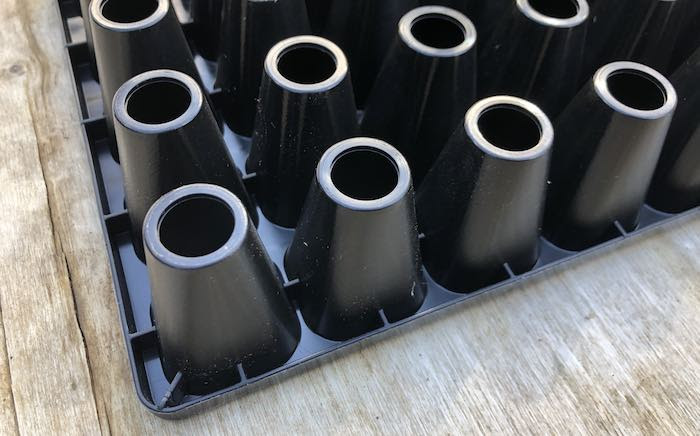Getting the season under way
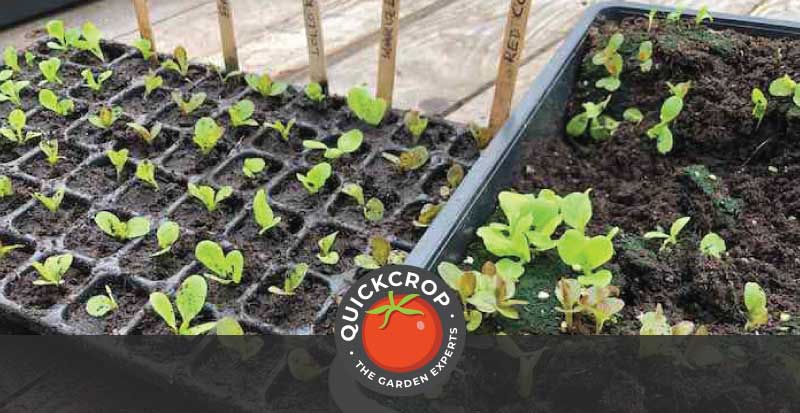
It is still early days for sowing but there are a few plants that you can start off now, especially if you are lucky enough to have a greenhouse or polytunnel. Sowing times will differ depending on your location but as a rule of thumb, Southerly Irish gardens will be 3-4 weeks ahead of gardens in the far North while in the UK there can be a difference of up to 6 weeks between far North and South. My garden is in Sligo (54.0898° N), so on the cooler side with sowing timed accordingly, if you are in Cork or Kerry you might be able to start a week or two earlier than me.

On Valentine's day, we are all gripped in a collective delirium of love (especially people who make cards or pack single roses in clear plastic) but St. Valentine gives us another cause for celebration as from his day onwards, light levels and day length increase quickly and the growing season begins to unfold.
By the way, the picture above is of St. Valentine's skull with his name tastefully applied to his forehead (how romantic!). This top portion of the well known card retailer currently resides in the Basilica of Santa Maria in Rome while other bits are scattered across Europe including in our own Whitefriar Street Church in Dublin. I imagine it must be quite a good game for Saints, looking down from the heavens, to track their body parts around the planet. "So much for 'rest in peace'" say the Saints.
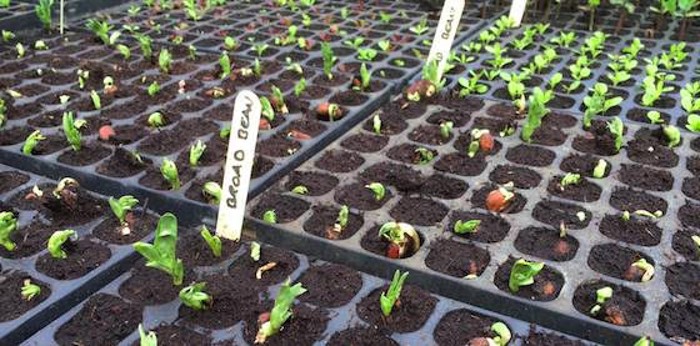
Gearing up to start sowing
Anyway, with poor St. Valentine back in his box for another year, we can start to look at our sowing options. As I said, things will be very different if you have a greenhouse or polytunnel where you can start much earlier. For me (with a tunnel), the rest of February goes as follows:
Sat 20th Feb
Sow broad beans in modules (for planting outside in 3-4 weeks).
Sow carrots directly in the polytunnel beds.
Sow lettuce, spinach, Oriental salads, spring cabbage, calabrese, mini cauliflower and spring onions in modules to plant in the tunnel beds.
Plant strawberry plants in tunnel beds.
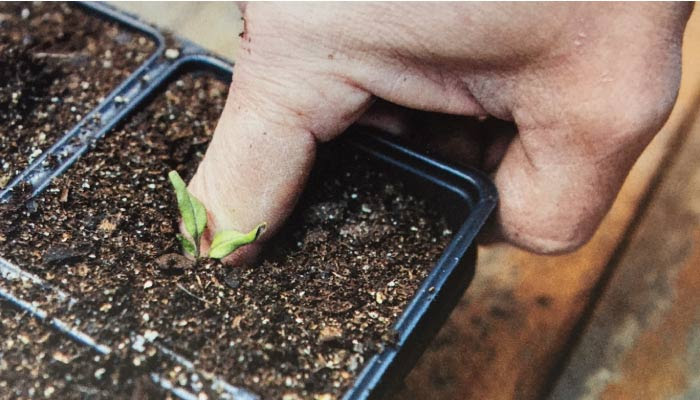
Sat 27th Feb
Sow tomatoes and chillis in the propagator for planting in the tunnel in early May.
Sow leeks and onions for planting outside in May.
If you don't have an indoor growing space you can still sow broad beans, leeks and onions indoors on a bright, south facing windowsill. If your garden is warm enough to grow tomatoes outside (unusual in Ireland), you can start these off too but they must be kept indoors until the weather is warm enough in May to plant outside.
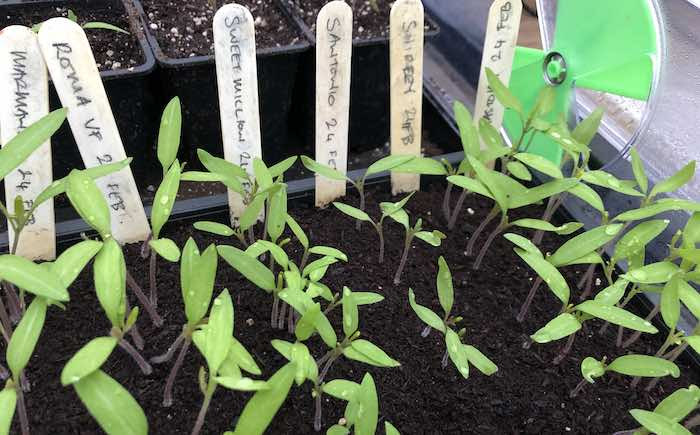
Sowing seeds
As I have said about 100 times in this blog, with very few exceptions (carrot and parsnip), you will have a much greater chance of success by sowing seeds indoors in trays and planting out later. Why? Because germination and early growth will be better in a protected environment away from cold, wind or slugs. You can sow in either pots, open seeds trays or seed trays containing individual modular cells depending on what you are growing and the space you have available. We covered propagators a few weeks ago and how warmth (between 18 and 22˚C) is needed to germinate seeds but it may be worth looking at the sowing in a little more detail today.
The big enemy when sowing seeds in pots or trays is excess moisture. Seeds can either rot in wet compost before they germinate or young roots suffocate because water drives air out of the compost mix (roots need oxygen just like us). Obviously overwatering results in wet compost but the type of compost you use or the design of a plant tray also dictates how quickly it drains and how easy your seedlings are to manage.
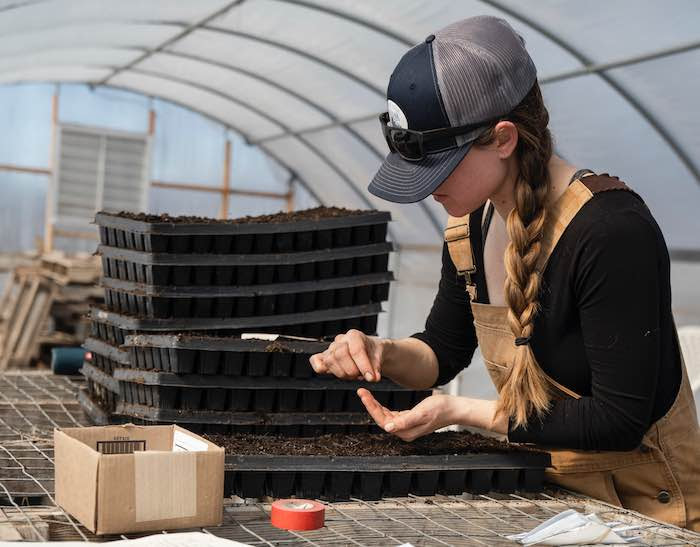
Compost
As regards compost, ideally you are looking for a fine grade to make it easy for tiny roots to grow through and take up moisture and nutrients. The other thing to consider is whether to choose peat or peat free with peat being a superior product but not a sustainable resource. Bear in mind that peat free composts, especially those that contain coir (coconut fibre), retain moisture for longer so are trickier not to over water.
To be honest, the quality of peat free composts has been disappointing for the last two years (due to very high demand) but this year's batches do look better. I would definitely avoid the cheaper brands as they contain a high percentage of woody material which locks up nutrients and produces weedy looking plants. If you feel that the compost you are using is lumpy, run it through a soil sieve to even it out. If you are struggling with a very moisture retentive compost, you can mix in some perlite to help with drainage.
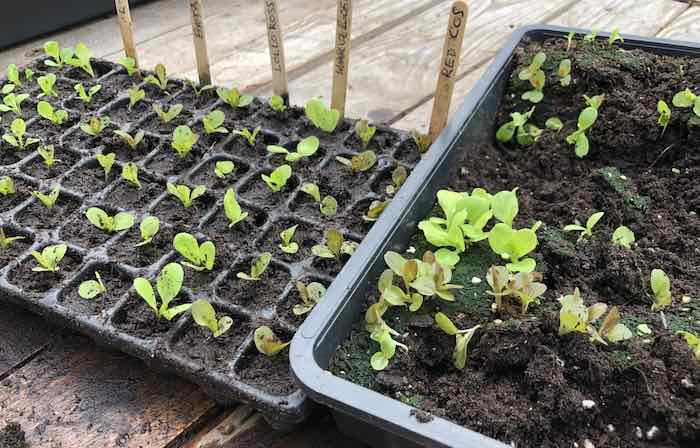
Trays and pots
The other thing to consider is what you are sowing into, in most cases an open or modular seedling tray. I think I mentioned a couple of weeks ago that the advantage of closely sowing seeds in small open trays is that you take up less room in the propagator but there is another benefit. Relatively densely sown seeds tend to germinate better and grow stronger in the early stages (before they run out of room) and suffer less from overly wet compost because the multiple plants are able to use up the excess moisture. Seeds sown in this way are 'pricked out' when about 2 weeks old and are transplanted into individual cells in a modular tray as shown above.
If you are using a modular tray, pick one with generous drainage holes which will be a lot more forgiving if you are over zealous with the watering can. Remember that it is far better to slightly under water seedlings as keeping them on the dry side not only prevents roots suffocating but also encourages a more extensive root system as the new roots search for moisture.
I think without question, the best modular seedling tray available is the ' Charles Dowding 60 Cell Tray' which was designed by the fruit and vegetable growing guru of the same name ('Charles Dowding', not '60 Cell tray'). These trays have very large drain holes as you see above and are made from rigid, re-usable plastic that should last a lifetime. The trays are also a handy compact size so they don't take up too much room in the propagator or on the heat bench.
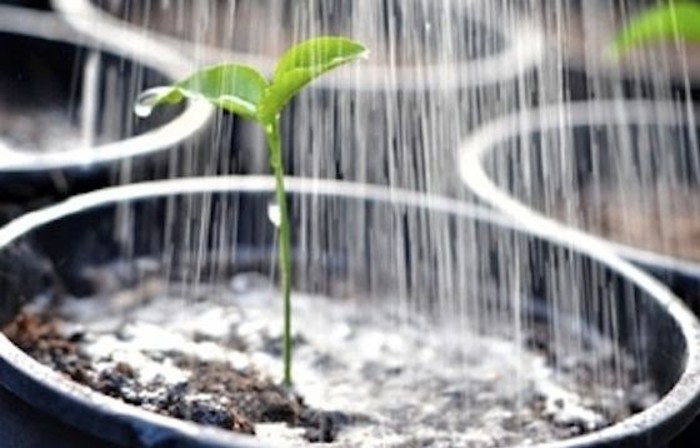
Watering seeds and seedlings
The trick to watering is to wet the compost properly before you sow and not to water after that. A good soaking before sowing ensures that the compost is moistened all the way through and gives sufficient reserves for germination; you shouldn't need to water until the seed has germinated and the seedling plant has roots and leaves to wick up the moisture. The other advantage to watering the compost first is you won't disturb smaller, lighter seeds like lettuce which are sown on the surface of the compost.
As we've already said, being miserly with water is better than overwatering so try not to fuss over seedling trays. It takes a bit of practice, but the best method is getting used to feeling the weight of your trays, you will soon be able to quickly tell by lifting them whether they need to be watered or not. Of course, the larger the seedlings grow, the more often they will need to be watered.
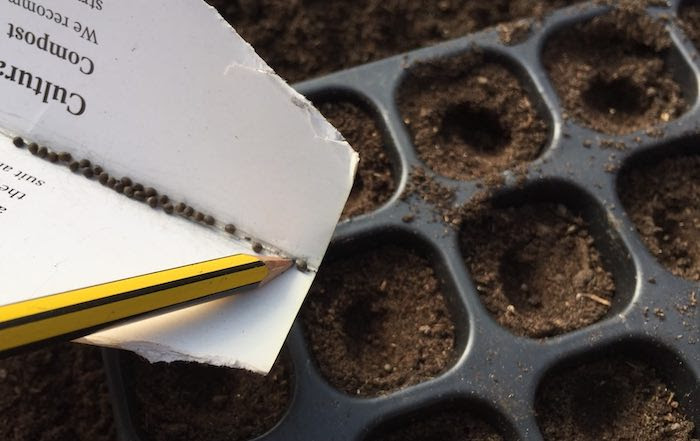
Sowing seeds
As regards sowing seeds, the rule of thumb is that seeds are sown at a depth of approximately 2-3 times the size of the seed. In most cases this means about 1.5 to 2cm deep, you don't need to be exact but the thing to watch out for is sowing too deep, especially with small seeds. The reason is that before a seedling grows roots and leaves, all the energy for growth comes from the energy reserves inside the seed. If a small seed is planted too deep there may not be enough stored energy for the new shoot to reach the surface and produce leaves (and the ability to produce more energy). There are some notable exceptions to the depth rule e.g. lettuce, celery and celeriac which need light to germinate and should not be covered so check your seed packs before you sow.
Sowing small seeds can be fiddly if you are trying to sow an even row or sow a single seed in each cell of a modular tray. A good tip, shown above, is to fold a piece of light card to create a tight crease and transfer your seeds into the crease. The seeds line up nicely of their own accord and can be pushed over the edge, one by one, with a pencil (a pencil rather than a biro, otherwise the seeds stick to the ink).
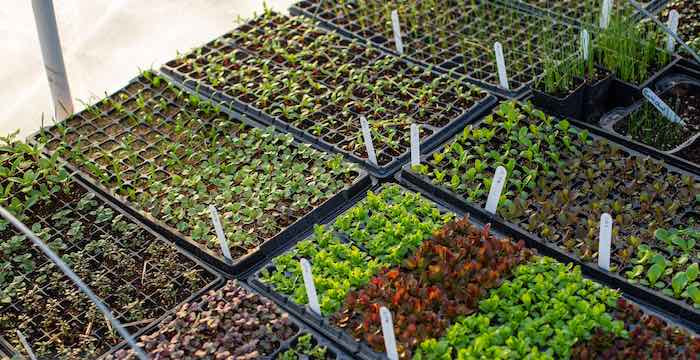
Seedling production
Getting good at seedling production is one of the most valuable skills you can learn as having a stock of healthy seedling plants on hand throughout the growing season guarantees your garden is always full of fresh produce. I will come back to seed sowing and propagation again in March/April during the busiest sowing time with a few more tips but hopefully the above has been helpful.
OK, that's about it for this week, I will be back next Tuesday with more information from the garden and will be with you every step of the way throughout the growing year. Please feel free to email me with any questions which I will either answer directly or cover in our weekly mailer.
See you next week!

Andrew
Join our mailing list & get the latest blog direct to your email each week, including updates from our own vegetable garden and seasonal information on growing your own fruit and vegetables. We also include relevant products and offers from time to time.

